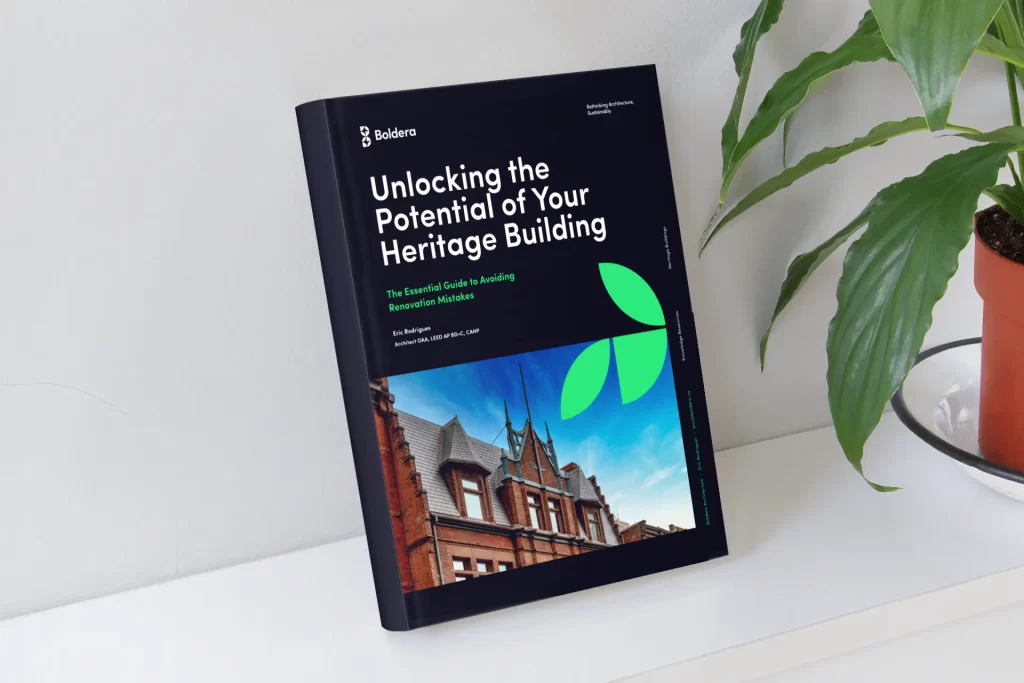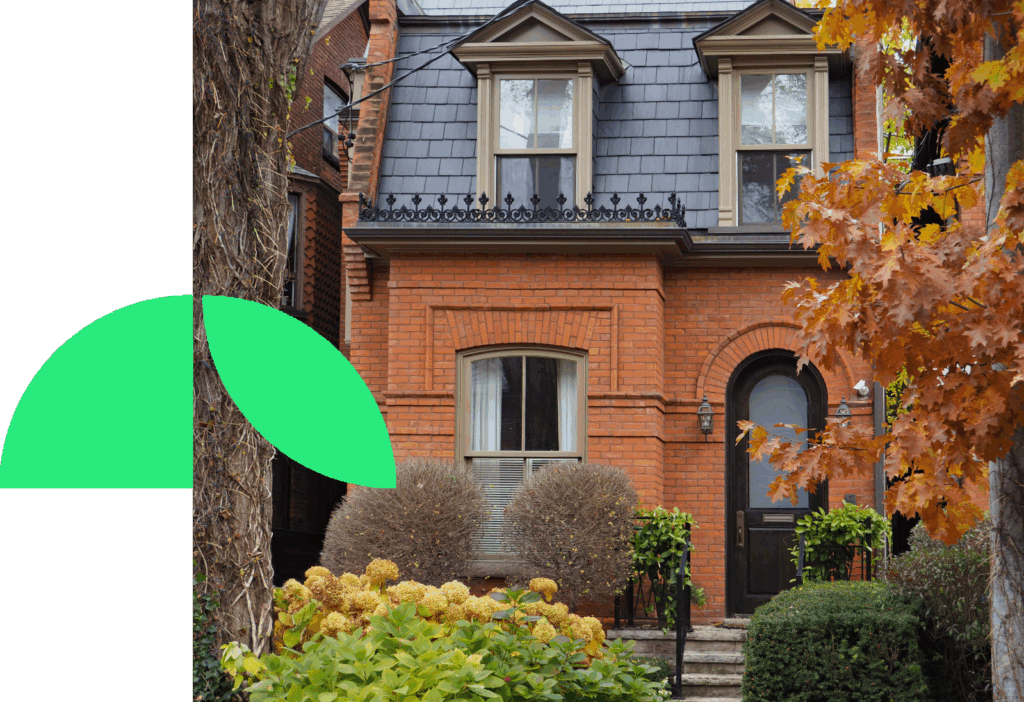Heritage Permit in Toronto: A Building Owner Guide.
Eric Rodrigues, OAA, LEED AP BD+C, CAHP
Toronto’s heritage buildings are cherished landmarks, each telling a unique story woven into the city’s fabric. If you’re fortunate enough to own one of these architectural gems, you may be considering renovations or alterations. However, navigating the heritage permit process can seem daunting. This guide will equip you with the knowledge and resources necessary to embark on this journey with confidence.
Understanding Heritage Permits
A heritage permit is required for any exterior work visible from the street that impacts a designated heritage property. This includes changes to windows, doors, siding, roofing, and additions.
The City’s Heritage Preservation Services department is your first point of contact. Their website offers valuable information and resources, or you can schedule a consultation to discuss your specific project and receive expert guidance.

Toronto’s streetscape is enriched by a remarkable collection of heritage architecture, from single-family homes to imposing government buildings. The heritage permit process ensures these structures are preserved for future generations.
Preparing a Successful Application
Thorough preparation is key to a successful application. Gather the necessary documents, including:
- Application form and checklist: Available online or from Heritage Preservation Services.
- Detailed plans and specifications: Clearly outlining your proposed alterations, adhering to best practices for heritage restoration and conservation.
- Photographs: Showcasing the current condition of the affected areas, highlighting the property’s unique features.
Supporting documents: Such as historical reports or cultural heritage evaluations, if applicable. - Working with the City: An open dialogue with Heritage Preservation Services is crucial. Schedule a consultation to discuss your vision and explore solutions that respect the property’s heritage value while meeting your needs. This collaborative approach fosters a positive outcome for both your project and the preservation of Toronto’s heritage landscape.
The Approval Process
Depending on the complexity of your project, the application may be reviewed by heritage staff, a heritage committee, or even Toronto City Council.
The goal is to find a solution that balances your desires with the property’s historical significance. Owning a heritage property comes with the responsibility of preserving its legacy. While the permit process may require additional steps, it’s an opportunity to learn about your property’s unique history and contribute to Toronto’s vibrant heritage.

Toronto’s Chorley Park, a grand mansion with a rich history, exemplifies the many landmark buildings demolished before heritage preservation guidelines existed.
Boldera: Your Partner in Heritage Conservation
At Boldera Architects, we understand the complexities of heritage renovations. We possess extensive experience working with the City’s Heritage Preservation Services department and share your passion for preserving Toronto’s architectural heritage.
Our team of experts will guide you through every step of the process, from initial consultations and permit applications to architectural design, construction documentation, and meticulous project management.
Conclusion
I hope this article has helped you with your planning. If you have questions, book a free 30-minutes Discovery Session with Boldera Architecture. This will unlock the full potential of your project and help you develop a quick action plan. My goal is to help you develop successful projects.






